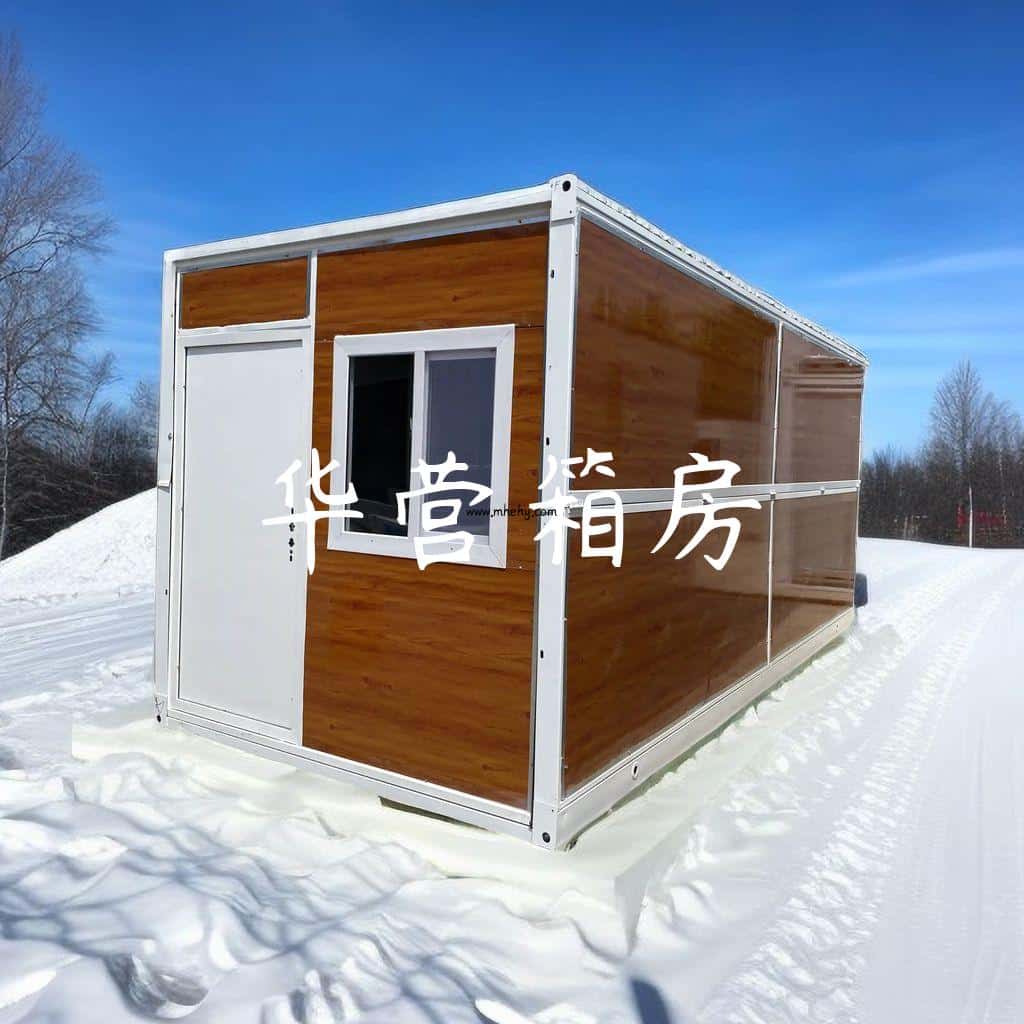Flexible and Adaptable: How Expandable Container Homes are Revolutionizing Residential Design in the USA

When it comes to residential design, the concept of expandable container homes is rapidly gaining popularity in the USA. These innovative structures offer a flexible and adaptable solution to traditional housing, offering homeowners the ability to customize and modify their living spaces as their needs evolve.
Expandable container homes are essentially shipping containers that have been transformed into livable spaces. While this concept may sound unconventional, it is gaining traction due to its affordability, sustainability, and versatility. These homes are designed to be easily expandable and modified, allowing homeowners to personalize their spaces according to their changing requirements.
One of the key advantages of expandable container homes is their flexibility. The containers themselves are highly durable and modular, making it easier to add and remove sections as needed. This means that homeowners can easily adjust the size of their homes based on their changing needs or preferences. Whether it’s adding an extra bedroom, expanding the living area, or creating a home office, the possibilities are virtually endless.
Furthermore, the adaptability of expandable container homes allows for easy relocation if desired. Unlike traditional homes, which require significant time and resources to build or sell, these structures can be moved to different locations without losing their functionality. This provides homeowners with the freedom to change their environment without the hassle of buying or selling property.
Additionally, expandable container homes are a sustainable alternative to traditional construction. Shipping containers are typically discarded after serving their initial purpose, resulting in a surplus of unused containers. By repurposing these containers into habitable living spaces, individuals can significantly reduce waste and minimize their carbon footprint. Furthermore, the modular nature of these homes allows for the incorporation of sustainable features, such as solar panels, rainwater collection systems, and energy-efficient appliances.
Another remarkable feature of expandable container homes is their cost-effectiveness. Traditional housing can be prohibitively expensive, especially in high-demand areas. On the other hand, container homes provide an affordable housing option, offering a lower entry point for homeownership. The transformability and adaptability of these structures also mean that homeowners can allocate their budget more efficiently, only expanding or modifying their homes as necessary.
One of the companies at the forefront of this revolution in residential design is Mighty Buildings. They have taken the concept of expandable container homes to the next level by incorporating 3D-printing technology. Using a proprietary method, they can rapidly 3D-print entire sections of a home, significantly reducing construction time and costs. Furthermore, this technology allows for precise customization and integration of various design elements, enhancing the overall aesthetic appeal of the homes.
In conclusion, expandable container homes are revolutionizing residential design in the USA. Their flexibility, adaptability, cost-effectiveness, and sustainability make them an appealing alternative to conventional housing. These structures provide homeowners with the ability to customize and modify their living spaces as their needs change, while also reducing their environmental impact. With the advancements in 3D-printing technology, the future looks bright for this innovative and transformative approach to residential design.













